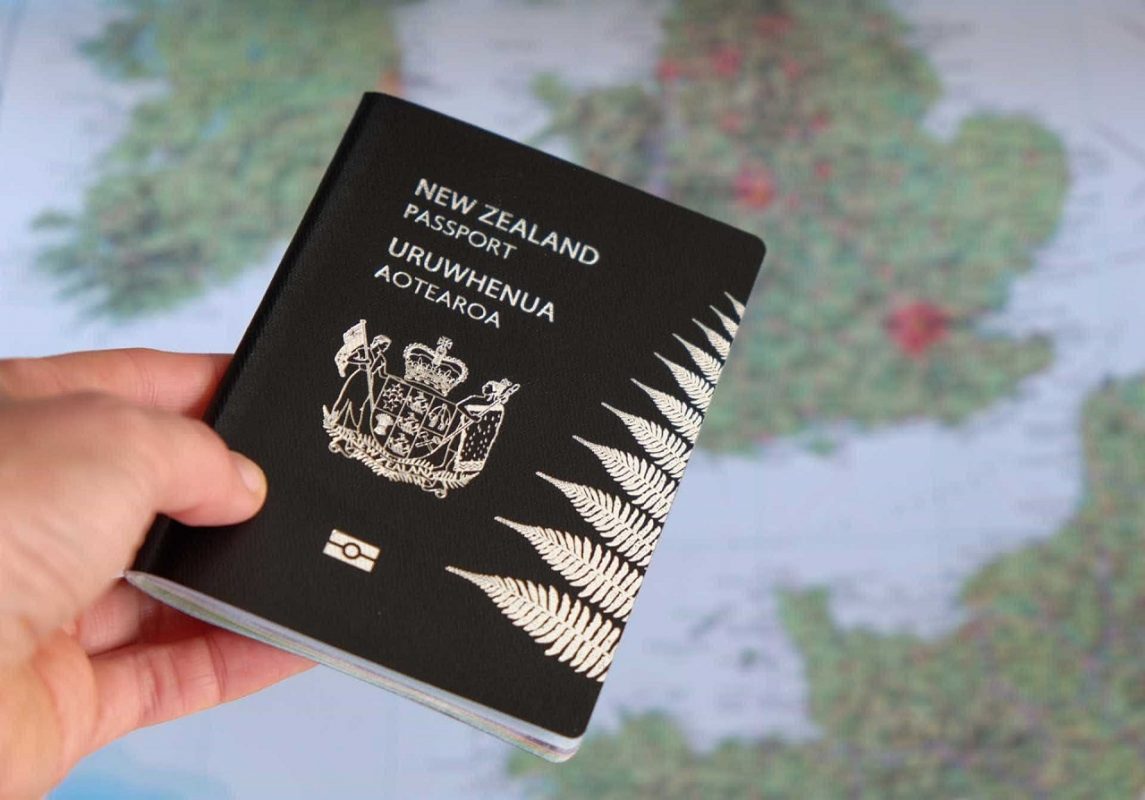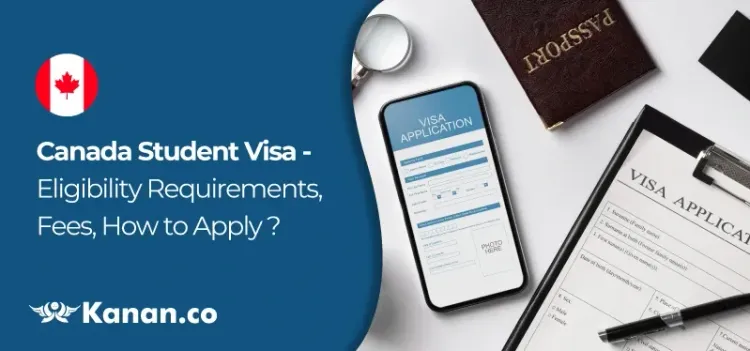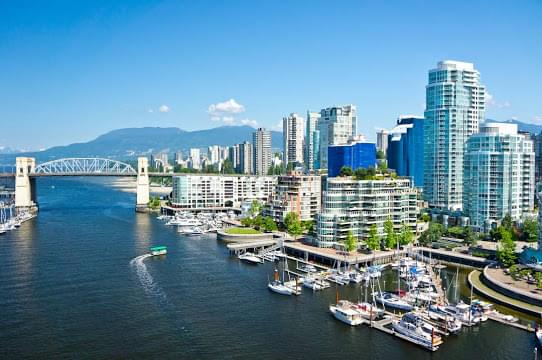Are you an Irish citizen dreaming of exploring the enchanting landscapes and vibrant culture of Vietnam? Well, dear adventurers, look no further! We have crafted the ultimate guide to help you navigate the intricate world of securing a Vietnam visa. From necessary documents to essential tips and tricks, this comprehensive blog post will be your trusted companion in unraveling all mysteries related to obtaining a Vietnamese visa for Irish citizens. So grab your passports and get ready for an unforgettable journey into the heart of Southeast Asia! VIETNAM VISA FOR IRISH CITIZENS
Introduction to Vietnam Visa for Irish Citizens
Vietnam has become a popular travel destination in recent years, with its vibrant cities, stunning landscapes and rich culture. As an Irish citizen, you may be wondering what the process is for obtaining a visa to visit this beautiful country. This guide will provide you with all the information you need to know about getting a Vietnam visa as an Irish citizen.
Types of Visa
The first thing you need to know is that there are two types of visas available for Irish citizens visiting Vietnam: the e-visa and the visa on arrival.
E-Visa: The e-visa is an electronic visa that can be obtained online before your trip. It is valid for 30 days and allows single entry into Vietnam. It is only available for certain nationalities, including Ireland, and can be used for tourism or business purposes.
Visa on Arrival: The visa on arrival (VOA) is a type of visa that can be obtained upon arrival at one of Vietnam’s international airports. This type of visa also allows for a stay of up to 30 days with single entry. To obtain a VOA, you will need to apply online through a government-approved agency before your trip and bring the approval letter with you when entering Vietnam.
Requirements
To apply for either type of Vietnamese visa, there are certain requirements that must be met:
1. Valid Passport: Your passport must have at least six months validity remaining from the date of entry into Vietnam.
2. Application
Types of Visas for Traveling to Vietnam
There are several types of visas available for Irish citizens traveling to Vietnam. The type of visa required will depend on the purpose and length of your stay in Vietnam. Here is a breakdown of the different types of visas that you can apply for: VIETNAM VISA FOR ITALIAN CITIZENS
1. Tourist Visa:
A tourist visa is suitable for those who plan to visit Vietnam for leisure or sightseeing purposes. This type of visa allows you to stay in Vietnam for up to 30 days, with options to extend your stay once you arrive in the country. It is important to note that this visa does not allow you to engage in any form of paid work during your stay.
2. Business Visa:
If you are planning on conducting business activities such as attending meetings, conferences, or trade fairs in Vietnam, then a business visa would be the most appropriate option for you. This type of visa allows a maximum stay of 90 days and can also be extended once you arrive in Vietnam.
3. Work Visa:
In order to legally work in Vietnam as an Irish citizen, you will need a work permit and a work visa. The work permit must be obtained by your employer before applying for the work visa at the Vietnamese embassy or consulate in Ireland.
4. Temporary Residence Card:
For those planning on staying longer than 3 months in Vietnam, a temporary residence card may be necessary instead of constantly renewing their tourist or business visas. This card allows multiple entries into and exits from the country without having to apply for a new visa each
Requirements for Obtaining a Vietnam Visa
If you are an Irish citizen planning to visit Vietnam, one of the first things you need to do is obtain a valid visa. A visa is required for all foreign visitors entering Vietnam, including Irish citizens. In this section, we will outline the requirements for obtaining a Vietnam visa.
1. Valid Passport
The most important requirement for obtaining a Vietnam visa is a valid passport with at least six months validity remaining from the date of entry into the country. This means that your passport must not expire within six months after your intended departure date from Vietnam. If your passport does not meet this requirement, it is essential to renew it before applying for a visa.
2. Completed Visa Application Form
To apply for a Vietnam visa, you will need to fill out an application form online or in person at the nearest Vietnamese embassy or consulate in Ireland. The online application process can be completed on the official website of the Department of Immigration of Vietnam. Make sure to double-check all information provided in the application form before submission as any incorrect details may result in delays or rejection of your visa.
3. Two Passport-Sized Photos
You will also need two recent passport-sized photographs (4×6 cm) when applying for a Vietnam visa either online or in person at an embassy or consulate. The photos should have been taken within the last six months and must show your full face with no headgear unless worn due to religious beliefs.
4. Visa Processing Fee
A non-ref
Application Process for a Vietnam Visa
The process for obtaining a Vietnam visa can seem daunting and confusing, but with the right information, it can be a smooth and hassle-free experience. In this section, we will outline the step-by-step application process for Irish citizens to obtain a Vietnam visa.
Step 1: Determine the type of visa you need
Before starting your application, it is essential to determine the type of visa you need. The two most common types of visas for tourists are the single-entry visa and multiple-entry visa. If you plan on visiting Vietnam only once during your trip, then a single-entry visa will suffice. However, if you plan on leaving and re-entering Vietnam multiple times within a specified period (usually up to one year), then a multiple-entry visa is required.
Step 2: Choose the appropriate mode of application
There are two ways to apply for a Vietnam visa – through an embassy or consulate or via the online e-visa system. For Irish citizens living in Ireland, applying through an embassy or consulate may be more convenient as there is no nearby Vietnamese embassy in Ireland. You can choose from either submitting your application by post or applying in person at an embassy or consulate in another country.
Alternatively, if you have access to reliable internet connection and scanning facilities, applying for an e-visa may be quicker and more straightforward. This option allows you to submit your application online without having to visit an embassy or consulate physically.
Step 3: Gather necessary documents
Whether applying through an embassy/cons
Applying through the Vietnamese Embassy/Consulate
Applying for a Vietnam visa through the Vietnamese Embassy or Consulate is one of the most traditional and reliable methods for Irish citizens. This process involves submitting your application directly to the nearest Vietnamese diplomatic mission in Ireland, which will then issue you a stamped visa upon approval.
Step 1: Determine Your Eligibility
Before starting your application, it is crucial to ensure that you are eligible for a Vietnam visa through the embassy/consulate. Irish citizens who plan to stay in Vietnam for less than 15 days can enter without a visa under the visa exemption program. However, if you plan to stay longer or have specific travel purposes such as business or work, you will need to apply for a visa through the embassy/consulate.
Step 2: Gather Required Documents
The next step is to gather all necessary documents required by the embassy/consulate. These typically include:
– A completed application form (available online or at the embassy)
– Original passport with at least six months validity remaining
– Two recent passport-sized photos
– Fee payment (varies depending on type of visa and processing time)
– Supporting documents such as flight itinerary and hotel reservation
It is important to note that some embassies may have additional document requirements, so it is best to check with them beforehand.
Step 3: Submit Your Application
Once you have gathered all necessary documents, you can submit your application either in person or by post. If submitting by post, make sure to use secure mail services and



